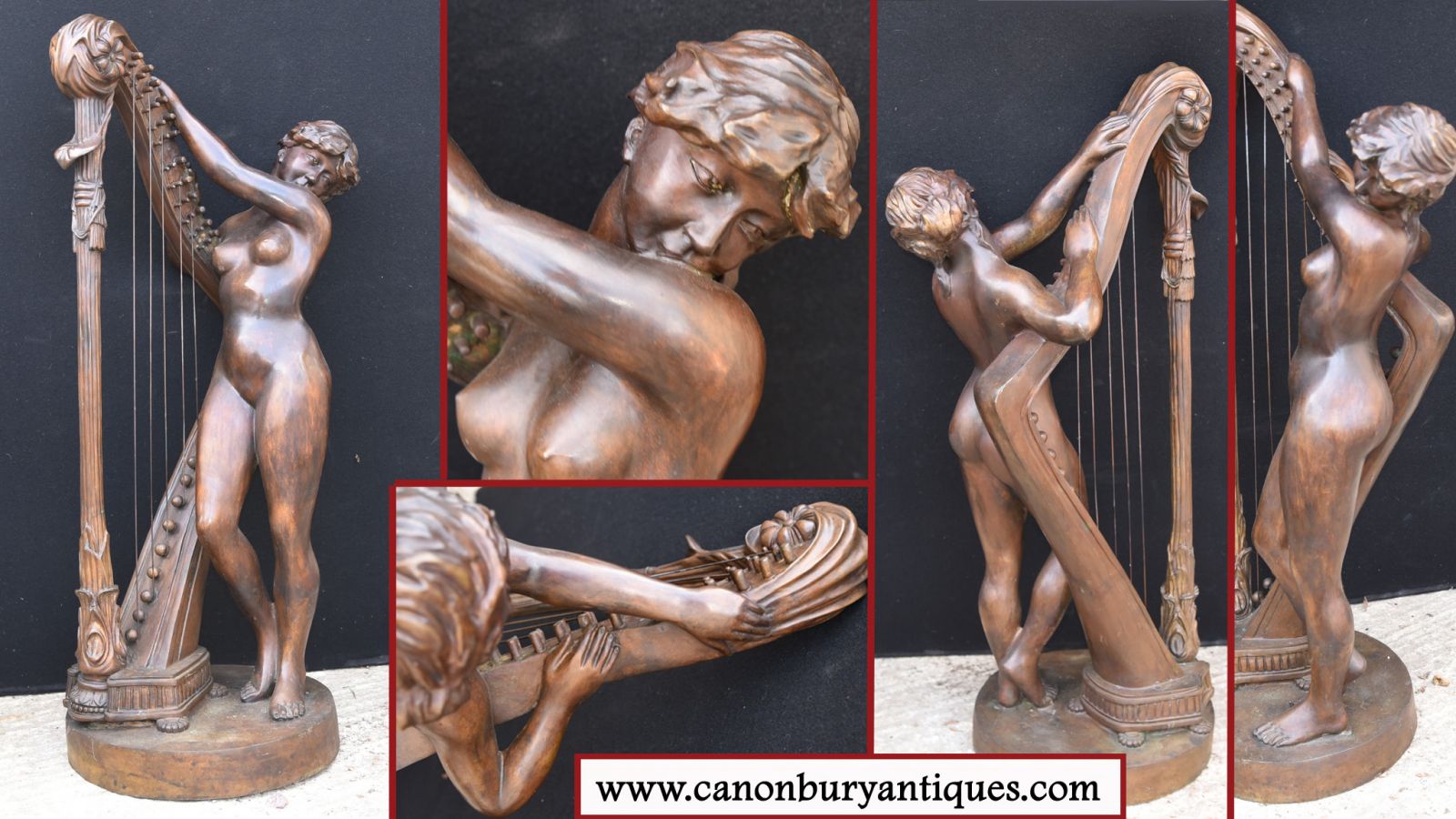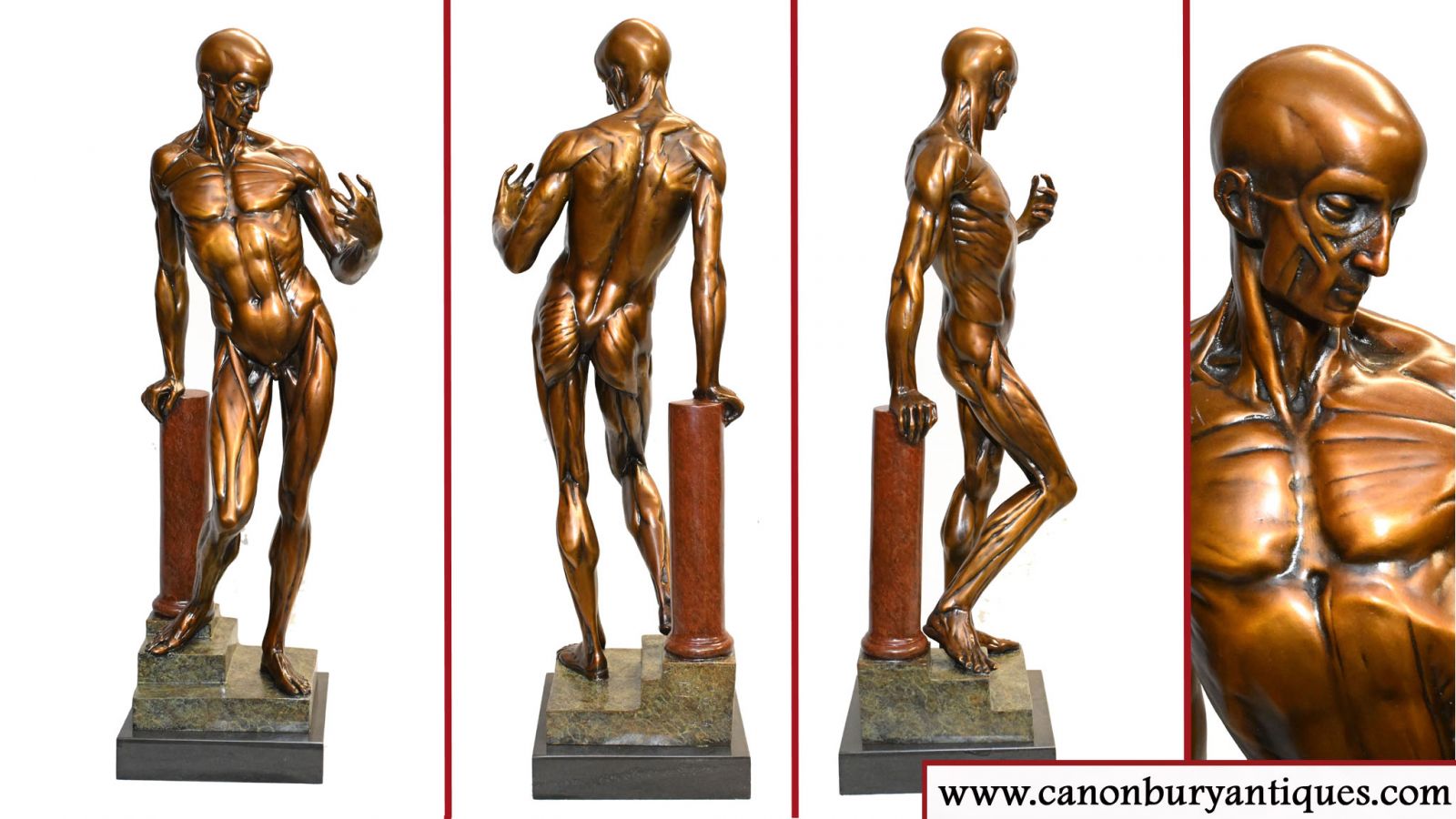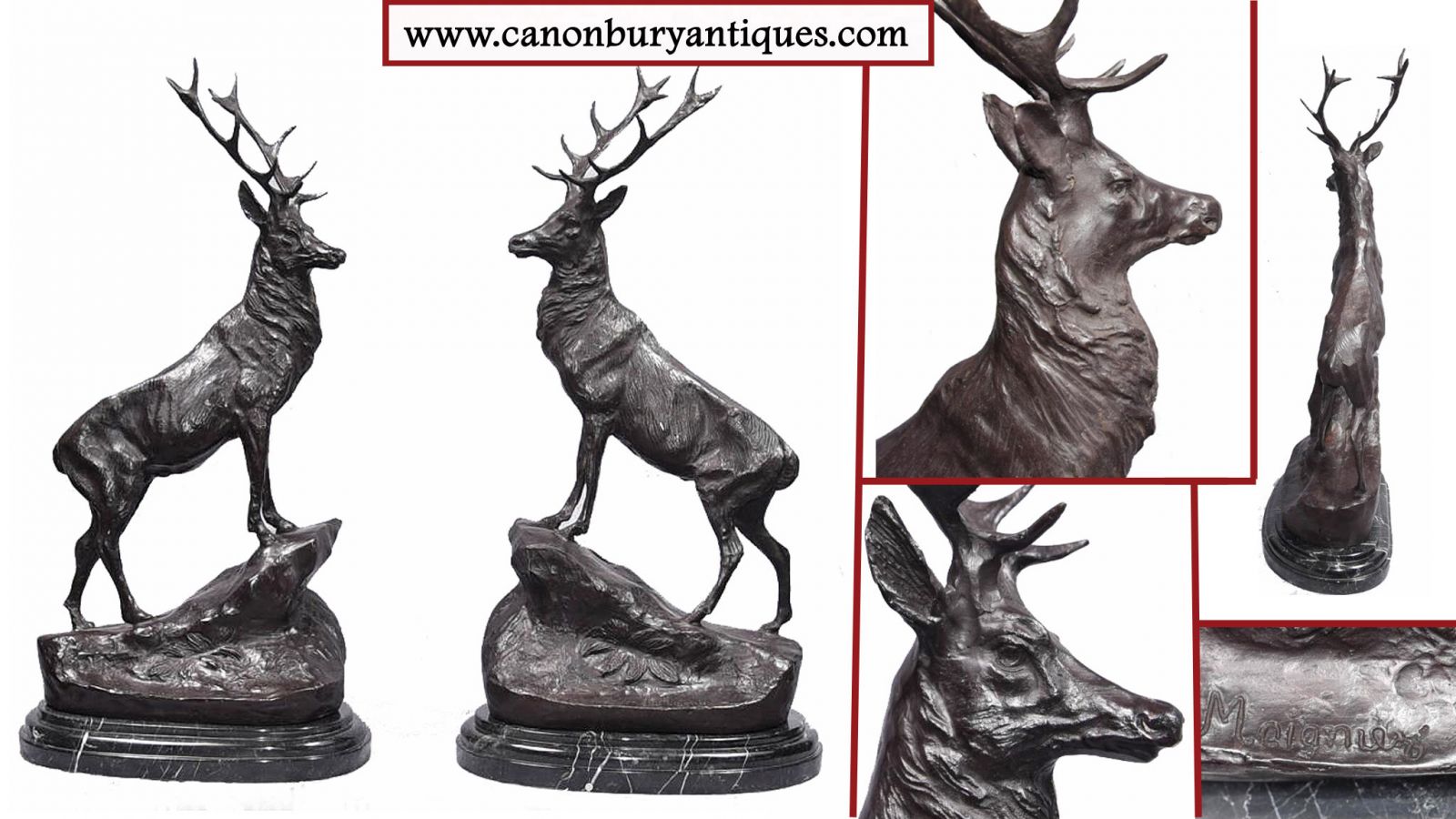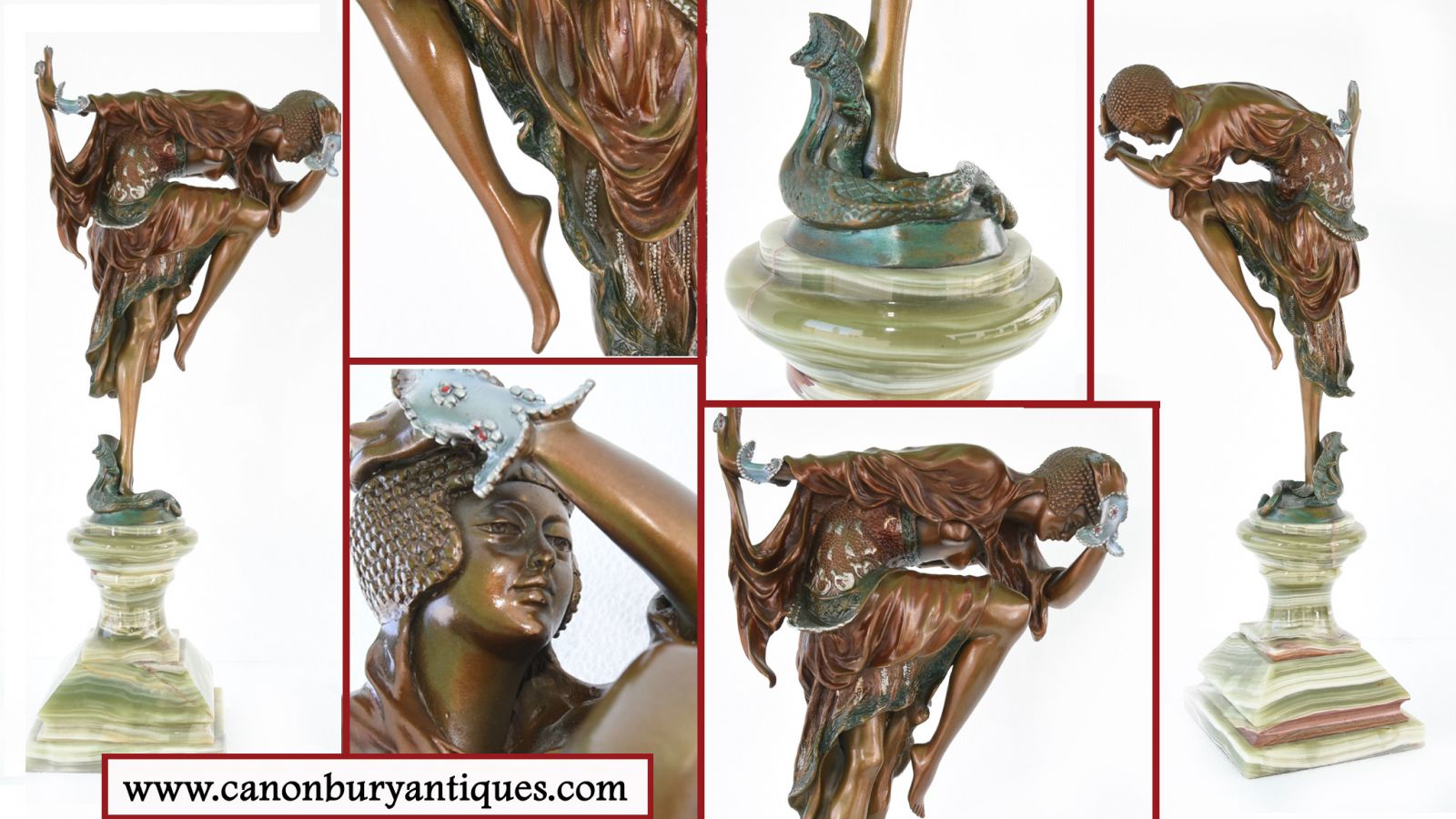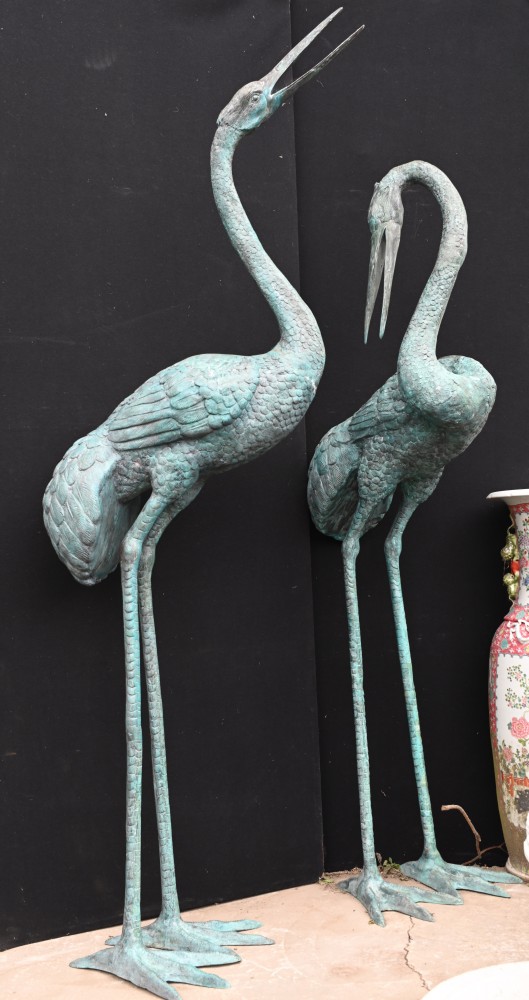Bronze is a popular material for making sculptures, especially those intended to withstand the ravages of outdoor weather. A typical bronze sculpture is a 3D piece of art produced by casting molten bronze in a mould. The artist then leaves the bronze to solidify to form the sculpture.
By definition, bronze is a metal composed of 88 per cent copper and 12 per cent tin. The two metals are heated together before being allowed to cool. Bronzes from the past might have had a different copper-to-tin ratio or even been made from brass, a copper-zinc alloy.
Why Is Bronze A Popular Sculpture Material?
Sculptors prefer bronze because it is a hard, malleable metal that doesn’t break easily. It is easy to cast and produces greater detail and consistency when it cools down. During solidification, bronze expands slightly, making it possible to capture every detail in the mould.
Besides, it is possible to reuse the mould, depending on how it’s made. Therefore, it’s possible to reproduce bronze sculptures.
Finally, artists love bronze because of its rich colouring. When exposed to the elements, it develops a protective patina over time. That’s why older bronze pieces look intense.
Process Of Making Bronze Sculpture
The primary method of making bronze sculptures is casting in a mould. Bronze moulds could be produced in a foundry before being used to launch a sculpture. The sculptures are primarily created using lost-wax casting or investment casting. It uses wax moulds, which ensure the transfer of fine details to the statue.
Early forms of lost-wax casting involved a model in wax and creating a mould around it. The wax then melted and poured into the mould to create a hunk of bronze. Given the bronze sets, it can be challenging to use this method to make large pieces.
Therefore, the best way to make more giant bronze sculptures is using the hollow lost-wax casting method. It may involve a clay model coated in wax and put in a mould. Thus, the original clay model gets lost in the process. A sculptor may also use a method that preserves the original clay model. Whichever method one picks, it is possible to make a sculpture in pieces or whole.
Large bronze sculptures require the artist to make separate parts before bringing them together. It may also involve creating more miniature figurines and slowly scaling them up until they end up with a life-size bronze sculpture.
Painting And Patinating Bronze Sculpture
Once a sculpture is ready, it must be finished. A sculptor must have the surface chased to make it smooth. Any imperfections, including air bubbles and filled up. After that, the sculptor patinates or applies varnish to the bronze. Alternatively, the sculptor could use a mixture of acid and wax for a rich hue.
Patination is essential because it helps the sculptor choose the bronze’s colour. Applying patina to specific elements or details of the sculpture helps emphasize fine details. Alternatively, a bronze sculpture should get silvered or gilded. It all depends on what the sculptor wishes to achieve.
You can buy bronze sculptures from our shop. Reach out to us!
Articles connexes :
Bronzes Art Déco – Guide d’achat de Canonbury Antiques
Figurines Art Déco – Un guide de Canonbury Antiques
Lions de bronze – Guide d’achat de Canonbury Antiques UK
Figurines Art Déco – Un guide de Canonbury Antiques
Demetre Chiparus Bronzes Art Déco – Parfaits pour les années folles de Canonbury Antiques
Lifesize Bronze Guide des animaux de Canonbury Antiques
Grandes fontaines en bronze – Guide de Canonbury Antiques
Grandes fontaines de jardin architecturales de Canonbury Antiques

